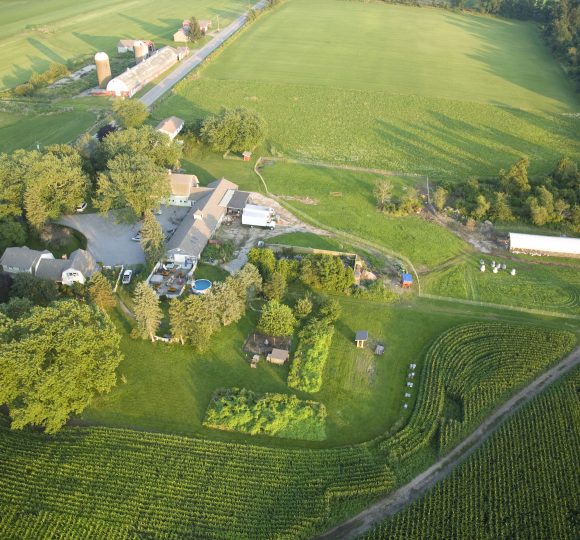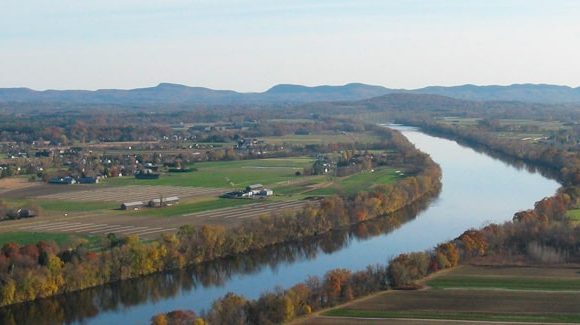For centuries, Maryland’s Eastern Shore has been an idyllic landscape of farms and quaint small towns. With a traditional way of life built from generations of living in accordance with the land, residents continue to depend on farming to maintain a thriving economy. While agriculture remains the Eastern Shore’s top industry, the Shore is rapidly losing its rural character and small town charm. Counties face development proposals on their rural lands, while towns face proposals along their edges that would double, triple and even quadruple their current populations. Left unchecked, this unprecedented growth pressure will forever destroy the rural legacy that makes the region an exceptional place.
The demand for land these days is rising more than three times as fast as population. Each Shore newcomer, on average, requires nearly an acre— roughly the size of a football field. If that number seems large, remember that in addition to new homes, more people mean more shopping malls, more roads, more parking lots, more schools, more power lines, more second homes, more sand and gravel extraction.
According to the Maryland Department of Planning, about 160,000 new residents will make the Eastern Shore their home in the next 25 years—adding more than 70,000 new houses and consuming an additional 215,000 acres of farms and forests.This equals approximately 450,000 total acres of forest and farm land that will be forever lost to roads, subdivisions, malls and parking lots.That’s a loss of open space bigger than Queen Anne’s county—equal to all the tillable farmland in Kent, Caroline and Cecil counties.
It all comes out of finite open space.
Recent archaeological evidence suggests humans have flourished on the Shore’s soils and rivers since earliest North American inhabitation, thousands of years before the Chesapeake Bay formed. For almost all that time, the human imprint was light. Between 1900 and the construction of the first Bay Bridge in 1952, the Eastern Shore grew by an average of about 300 people a year.





